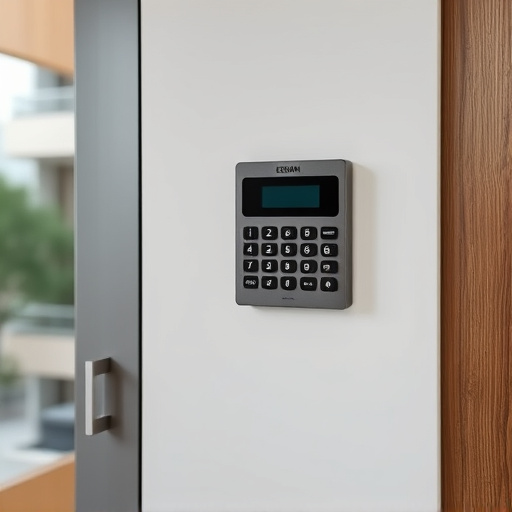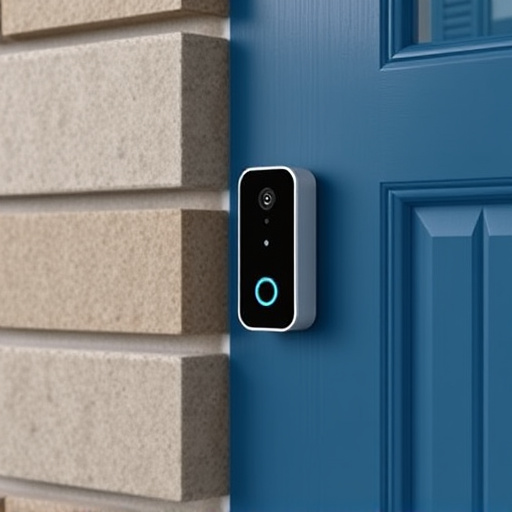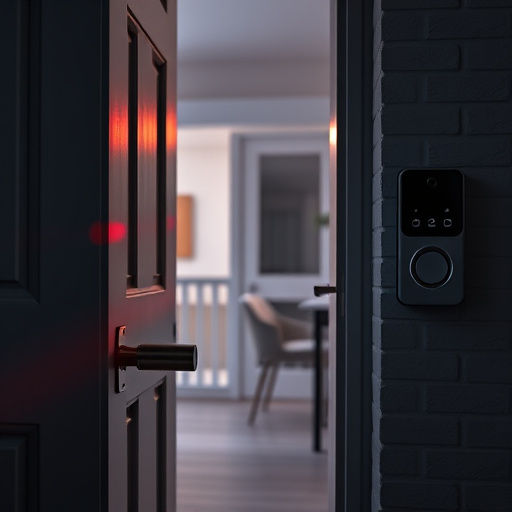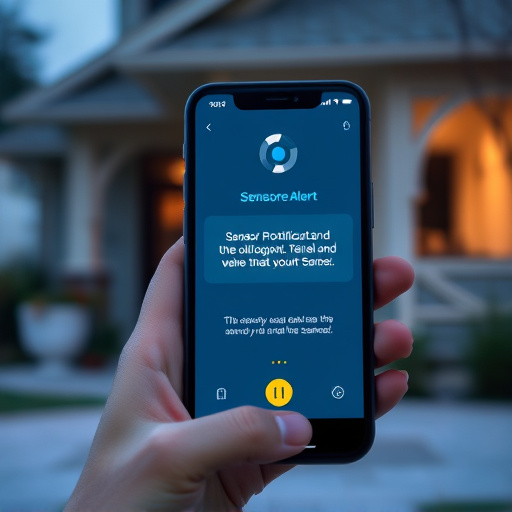Advanced technology, including wearables and AI, is redefining personal safety with proactive gear that detects falls, pollution, and hazards. Customizable safety products cater to diverse needs. Smart home integrations enhance security through AI and biometric authentication for access control. Sustainable practices minimize environmental impact while maintaining product quality and performance, aligning with growing consumer eco-consciousness. These trends shape a future where personal safety is both innovative and responsible.
In an era of rapid technological advancement, future personal safety trends are being reshaped by innovative products that leverage advanced technology. This article explores the best practices in integrating wearables and AI, customizable gear for tailored protection, smart home security solutions, biometric authentication, and sustainable eco-friendly alternatives. Discover how these cutting-edge approaches are redefining personal safety, ensuring a secure future for individuals worldwide.
- Advanced Technology Integration: Wearables and AI
- Customizable Safety Gear for Personalized Protection
- Smart Home Security: Expanding Personal Safeguards
- Biometric Authentication: Enhancing Access Control
- Sustainable and Eco-Friendly Safety Solutions
Advanced Technology Integration: Wearables and AI
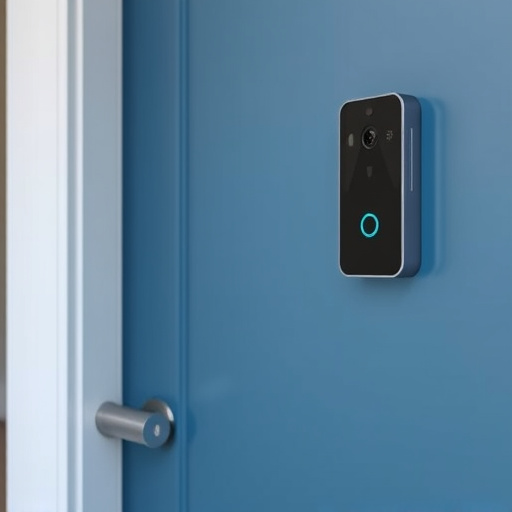
The integration of advanced technology, particularly wearables and artificial intelligence (AI), is poised to revolutionize future personal safety trends. Wearable devices are becoming increasingly sophisticated, equipped with sensors that can detect falls, heart rate anomalies, and even environmental hazards like high levels of air pollution or proximity to dangerous areas. These devices not only alert users but also provide real-time data for rapid response, especially in remote locations.
AI algorithms play a pivotal role in enhancing personal safety by analyzing patterns and predicting potential risks. Smartwatches and fitness trackers can learn an individual’s routine, enabling them to identify deviations that might indicate distress or unusual activity. AI can also process data from various sensors to anticipate and prevent accidents, making personal safety products more proactive than ever before.
Customizable Safety Gear for Personalized Protection
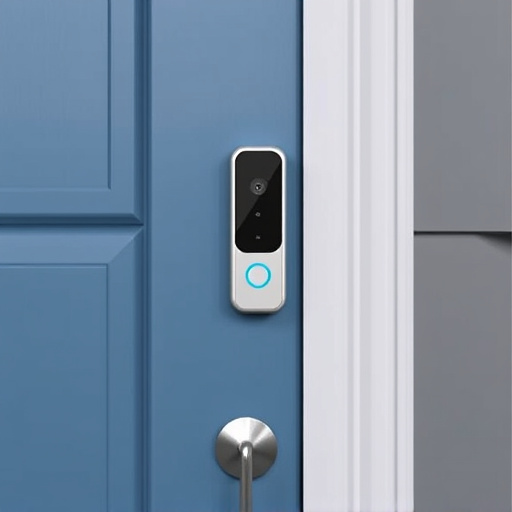
Personal safety products are evolving to meet the diverse and dynamic needs of individuals in the modern world. One promising trend is the development of customizable safety gear, which offers personalized protection tailored to specific activities and user preferences. By leveraging advanced materials and innovative designs, manufacturers can create items like impact-resistant helmets, high-visibility vests, and protective clothing that adapt to various scenarios.
For example, a cyclist might opt for a lightweight helmet with integrated sensors to monitor head impacts, while a construction worker could choose gear featuring reflective strips and communication devices for enhanced visibility and safety during outdoor tasks. This level of customization not only ensures optimal protection but also promotes user acceptance, as individuals feel more comfortable and confident when wearing gear that aligns precisely with their needs. The future of personal safety lies in these adaptable solutions, aligning with the broader trend of personalized products in various sectors.
Smart Home Security: Expanding Personal Safeguards
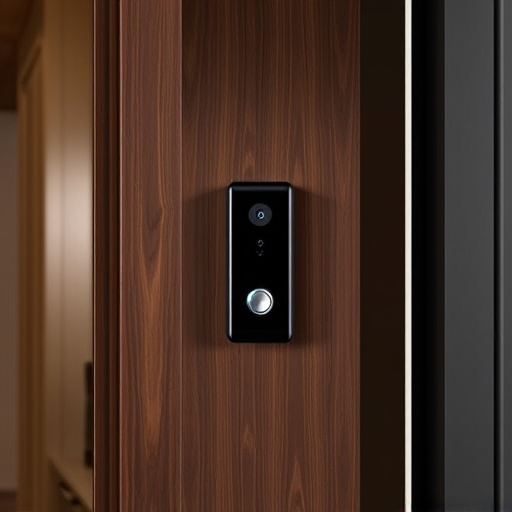
The integration of smart technology into homes is a significant evolution in personal safety, marking one of the prominent future personal safety trends. Smart home security systems are becoming increasingly sophisticated, offering beyond basic lock and key solutions. These advanced systems utilize AI, motion sensors, and facial recognition to detect and respond to potential threats, enhancing homeowners’ peace of mind. For instance, automated lighting and temperature adjustments can signal occupancy, deterring intruders, while interconnected cameras provide real-time monitoring capabilities.
As homes become more connected, the data collected from these smart security features can be analyzed to predict and prevent potential hazards. This technology expansion in personal safety products not only fortifies individual protection but also contributes to a broader community safety net by enabling swift response mechanisms through integrated emergency services notification systems.
Biometric Authentication: Enhancing Access Control
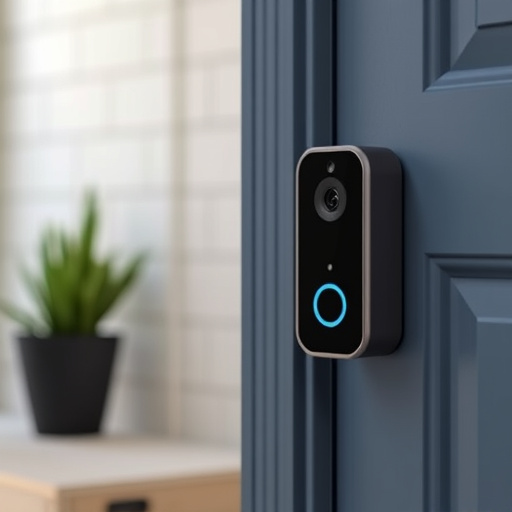
In the evolving landscape of personal safety, biometric authentication is poised to revolutionize access control measures in the future personal safety trends. This cutting-edge technology offers unparalleled security by verifying an individual’s identity using unique physical characteristics like fingerprints, facial recognition, or iris scans. By implementing biometric systems, products can ensure that only authorized users gain access, significantly reducing the risk of unauthorized entry and enhancing overall security.
As we move forward, the integration of advanced authentication methods will play a pivotal role in shaping safer environments. Biometric data, being inherently linked to individuals, provides a robust defense against impersonation and fraud. This technology not only streamlines access but also adds an extra layer of protection, making it a game-changer in personal safety product development.
Sustainable and Eco-Friendly Safety Solutions
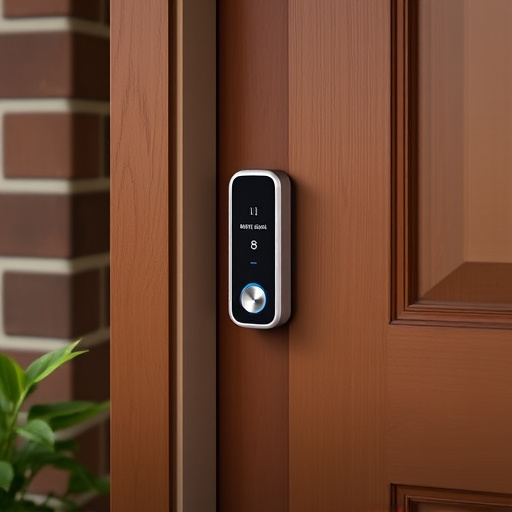
As we look ahead to future personal safety trends, there’s a growing emphasis on sustainable and eco-friendly solutions. Consumers are increasingly conscious of the environmental impact of their choices, and this awareness extends to personal safety products. Manufacturers are responding by incorporating biodegradable materials, reducing packaging waste, and adopting energy-efficient production methods. These innovative approaches not only contribute to a greener planet but also offer long-lasting protection without compromising quality or performance.
One prominent example is the development of plant-based body armor that provides comparable protection to traditional petroleum-based products. Similarly, smart safety devices are being designed with extended battery life and modular components that can be easily repaired or replaced, reducing electronic waste. By embracing these sustainable practices, future personal safety products will not only meet but exceed the needs of users while minimizing their ecological footprint.
As we look towards the future of personal safety, the integration of advanced technology, such as wearables and AI, promises to revolutionize protection. Customizable gear tailored to individual needs will become more prevalent, ensuring personalized safeguard solutions. Smart home security systems will play a pivotal role in expanding personal safeguards, while biometric authentication will enhance access control measures. Additionally, the growing emphasis on sustainability will drive the development of eco-friendly safety products. Embracing these future trends will not only boost our safety but also contribute to a greener and more technologically advanced world.
